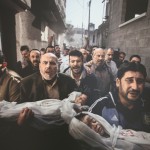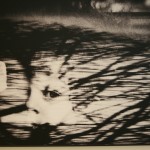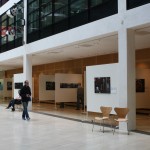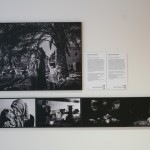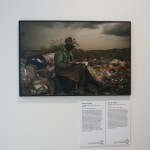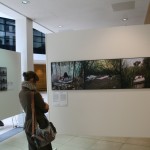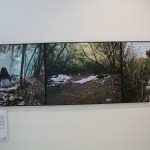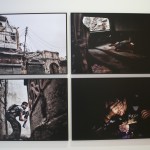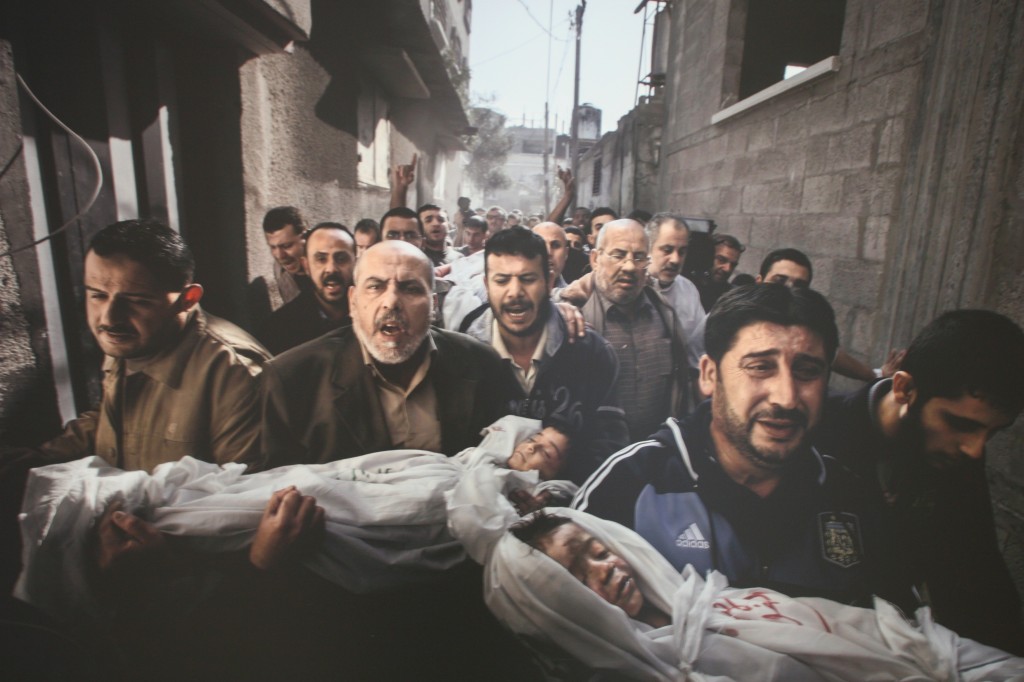
Hosted in the Willy-Brandt-Haus, the World Press Photo 13 (13 June to 7 July, 2013) is a photo exhibition of the winning photographs in the yearly competition organized by the World Press Photo Foundation. The exhibition features 143 works by all of the 54 awarded photographers from 33 countries.
The annual award presented by the World Press Photo Foundation is a result of the largest and most prestigious contest for press photography in the world. The foundation awards press photos in 18 categories every year. The best images are chosen under the jurisdiction of an international jury. This year, the jury had to go through 103 481 photographs by 5 666 photographers from 124 countries, in order to chose the most moving shots. These photos are both dramatic images of the current world happenings, as well as provocative and inciting photographs from the fields of culture, environment, science, and sports. Santiago Lyon, chairman of the international jury, stated that the central themes of the preceding year were the Syrian Conflict, Hurricane Sandy, and the U.S. elections.
As one of the most impressive photo exhibitions I visited in Berlin, the World Press Photo 13 surely affirmed once again that images can truly tell entire stories without a single word. The exhibition is one of the rare places where one could dwell on each and every exhibited image and its underlying tale for quite some time. From photographic reports from the wars in Iraq and Syria, to images of penguin migrations, the World Press Photo 13 has something to offer to the photography-lovers of all tastes and preferred genres amongst us.
It is not easy to retell the story of a photograph as it is felt and experienced inside one’s being in the moment of its observation. Yet, there are images from this exhibition that triggered particularly strong reactions within me, as they acted as reminder of a certain moment I had witnessed with my own eyes––wishing I had my camera with me in that instant. I would like to briefly reflect on these photographs here, all of which can be found in our photo gallery.
They made me think how the stories behind people or eye-catching moments, we ‘read’ or see once, can often swiftly leave our minds, yet when caught on camera––they become an eternalized and shared experience with all those who in a way relive and rethink them.
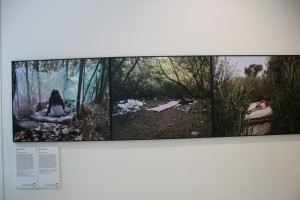
The images I would like to dedicate special attention to are the photographs of Nigerian prostitutes in Italy by Paolo Patrizi. These photos struck me like a ‘lightening of recognition’. Few years ago, while I was travelling through the north of Italy, I was seeing the very same pictures through my own eyes. By driving through the Piedmont Mountains, one can see half-dressed Nigerian women offering themselves on the roadside. I remember I was asking myself about the stories of these women back then––it was the first time I saw prostitutes in my life. My Italian driver told me they have nowhere else to go to but the road.
African (particularly Nigerian) women often immigrate to Italy in search of a better life. Faced with heavy bureaucracy and job scarcity, once they actually come to the country they had believed would be their salvation, they are left with few options other than prostitution to earn for their living. Most often their earnings are not even enough for them to get a place of their own––so they live and sleep next to the road. During my travelling, I remember seeing beds, situated next to the trees, along with a pile of women’s possessions in the form of clothing and make-up. No one really knows what happens to these women. Many of them are not registered in the ‘Aliens’ Office’––which means that the authorities are not responsible for their fates on the ‘prostitution roads’, as, according to my driver, the areas they work in are often called.
The images of this experience stayed imprinted in my memory long after my visit to Italy. The case of Nigerian prostitutes is an encompassing example of failing immigration and human rights mechanisms. The complete neglect of these women, as well as the opportunity for open prostitution at anytime of the day in a country where prostitution is illegal, indicate an urgency to shortly start dealing with this long-term problem. However, the solutions are not simple either. Denying the women access to the country does not help in the bigger picture either. At home, most of these women had been either abused or left by their families and partners.
‘And what do the inhabitants of the villages alongside the ‘prostitution roads’ say about this problem?’––I remember asking my driver. He shrugged his shoulders. No one is exactly talking about the problem. ‘Ignoring it is the easiest for everyone’, he added.
Sometime after that experience, I returned to Bosnia and my everyday student issues––and in a while, I too set aside the lives of Nigerian prostitutes in my mind; at least until the World Press Photo 13 exhibition. “Perhaps it is out of my power to influence this situation. So why bother over-thinking it?” Then I thought to myself that if enough people manage to read their story and see Patrizi’s photographs, they will also think about the situation––and maybe, just maybe––one of those people will be a politician, a human rights lawyer, or someone who works in related positions who could in fact help make a difference. For these reasons I believe it is important to talk about social and human rights issues like this one––which, although not directly related to our situation ––are still happening on our continent and in our world. And I am a firm believer that bettering the world is a personal striving for the majority of people. Its end-effects create a sustainable and more pleasant––uncorrupt––future for the following generations, and I believe there can hardly be a person who at least at one point does not ask himself or herself: “What kind of global world environment will my children be born or grow up in?”
The story of the Nigerian prostitutes is only one of the many relevant contemporary issues the exhibition deals with. Some of the images that I think deserve to be particularly reflected on and thought about can be found in our photogallery. Think about them and share the stories behind them. Despite the flood of news reports from the contemporary media, we still remain significantly uninformed about important events around the globe. World Press Photo 13 sheds light on some of them through photography. What we, as spectators, will do with the information from these awareness-raising photographic images, however––that remains solely our decision.
Photo gallery:

